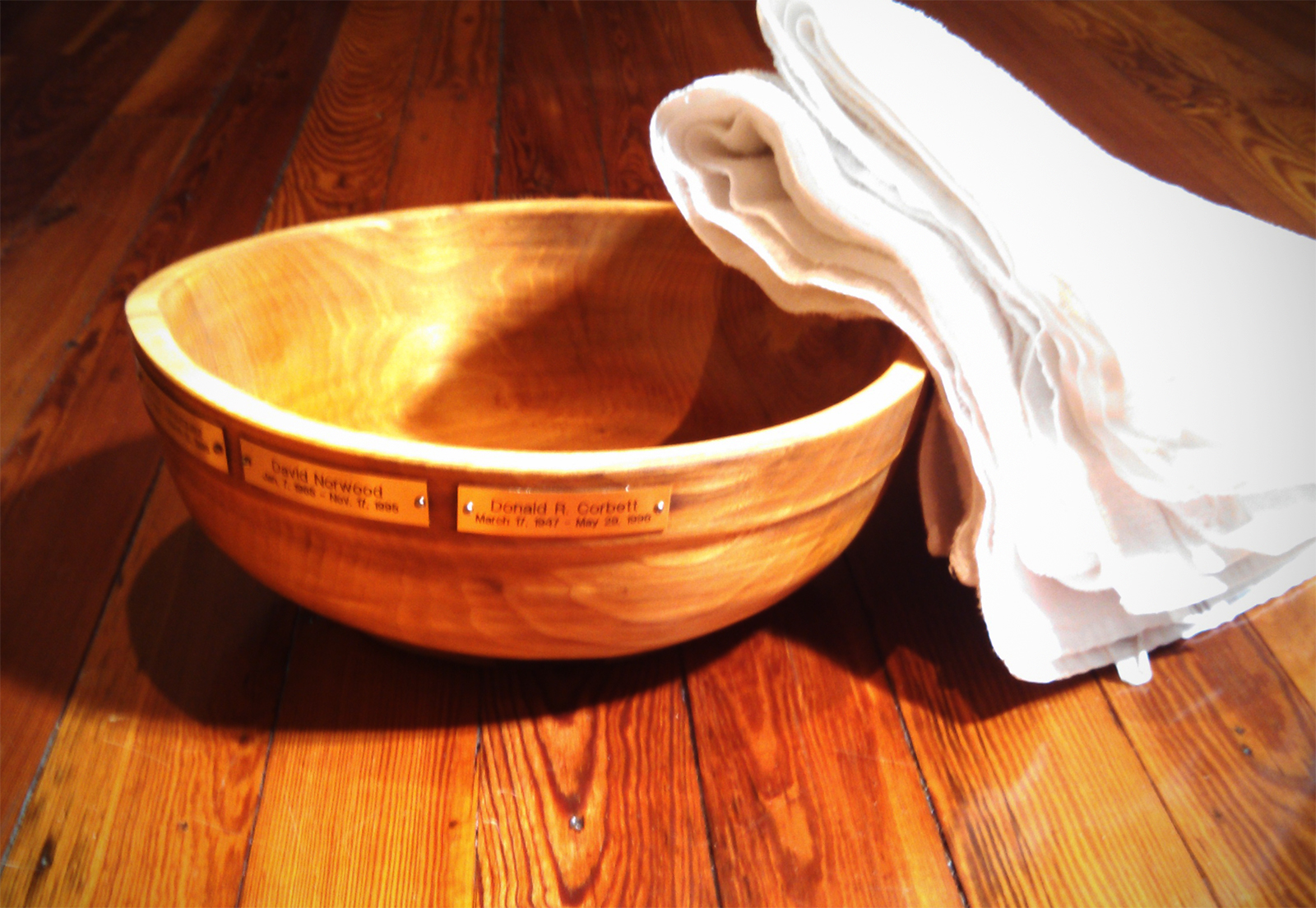Why does the priest wash our feet on Maundy Thursday?
At the Maundy Thursday Mass, after the Gospel and homily, the priest celebrating the Mass places a chair in the Chancel facing the altar and places a wooden bowl, wash cloths and towels beside the chair. He then kneels in front of the chair, facing the congregation, beckons the members of the congregation to come forward and sit before him in the chair, and lovingly removes their shoes and begins to wash and dry their feet.
Why does the priest engage in this peculiar behavior?
Maundy Thursday is the day we commemorate the Lord’s Institution of the Eucharist, during which he blessed bread, broke it and gave it to the disciples and then took the cup of wine, blessed it and gave it to them to drink. It is also the day we commemorate the new mandate that Jesus gave to his disciples. In fact, the term itself comes from the Latin word mandatum, which means “commandment.” When the supper was finished, Jesus washed the feet of the disciples and said to them: “Do you know what I, your Lord and Master, have done to you? I have given you an example, that you should do as I have done.”

The priest, acting in obedience to Christ’s admonition that he should do as Christ has done, humbles himself to wash the feet of those in the congregation. He thereby demonstrates his own servanthood, and symbolizes how all of the faithful in the congregation are children of God, and inheritors by His grace of the blessed sacrifice, sacrament, redemption and everlasting life that Christ instituted on that first Maundy Thursday.
Read our Maundy Thursday service in theBook of Common Prayer, under “Proper Liturgies for Special Days.”
Read the Roman take on Maundy Thursday: 10 things you need to know about Holy Thursday